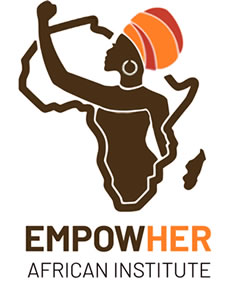The Political Participation of Women in Kenya
To tackle the historic marginalization of women in Kenya, the 2010 Constitution
introduced reforms on the gender principle, the quota system, and decentralization to promote
gender equality. Decentralization formed a localized political system that unlocked leadership
positions to previously underprivileged sets of people like women in all the forty-seven
devolved units. Worthy of note is that the elections of 2013 and 2017 had the highest number
of women in Kenyan history both in the legislature and the executive branch; however, most
government institutions did not attain the one-third gender rule, hence violating the
Constitution. Achievement of gender equality in Kenya has been difficult despite efforts of the
government to promote women’s participation in politics through various policy and legal
frameworks due to the prevailing standards of societal norms, financial capability, political
parties’ structures, and gendered violence that have not essentially been changed by these
reforms. This study draws on desk research to scrutinize both qualitative and quantitative data
on the socio-political and economic factors that have contributed to the status quo in the
Kenyan political landscape despite numerous efforts by the government to enhance gender
equality, and subsequently maps out the persistent structural hindrances to women’s inclusion
in politics. The study concludes that the political goodwill of a country is a major contributor
to women’s inclusion in politics. Further, since political parties are the main conduits for
women candidates to emerge, there must be critical reflection about the political parties’ power
dynamics. There should also be concerted efforts by both the state and other stakeholders to
fully implement the statutory instruments that support gender equality.





